What we do
Services
Experts in
Playing the Game of Tech, you either win or… you lose 400 billion dollars.
“It really is winner-take-all”, - confesses Bill Gates talking about his greatest mistake ever. And even if it seems to you that such exceptional entrepreneurs as Gates don’t slip up, we have a surprise for you.
Microsoft is still one of the most valuable companies in the world; however, the company’s co-founder and one of the richest people on this planet says that Microsoft had enough potential to become the main Apple’s competitor on mobile OS market.
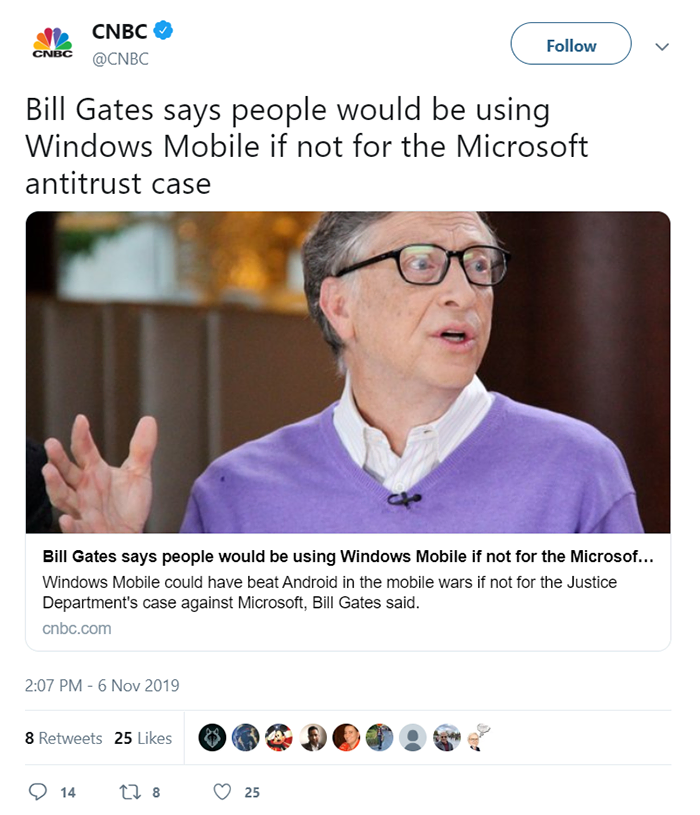
Due to distractions caused by the antitrust lawsuit against Microsoft and lost focus, the company has missed the once-in-a-lifetime chance. Google became a main Apple’s rival, Android outran Windows Mobile dartingly, and Microsoft had lost hundreds of billions of dollars.
The leading companies are not always inspiring examples, and the story above proves that. Sometimes they tell us about hidden pitfalls they accidentally got into; sometimes they share hints on how not to screw up. This story induced us to define 2 cornerstones of the mobile app development business success. If you plan to launch a cutting-edge programming tool, there are 2 things you need to keep in mind:
Today, we are going to talk about the most powerful things that can lift your business to the desired position in the market. We are going to highlight the brightest mobile development trends.
Let us introduce the top 7 future trends that have already started to revolutionize businesses.
In 2018, smartphone users worldwide downloaded 194 billion apps. As for 2019, we expect even a higher number: considering tendencies and rising statistics, there is no chance that the number of downloads could have decreased.
These facts recall quite contradictory feelings: on the one hand, this type of “addiction” creates great opportunities for sales and business development: building a mobile app, companies worldwide get direct access to potential customers’ wallets. On the other hand, that’s not so easy: there are around 2.6 million apps on Google Play Market and 2.2 million apps on Apple's App Store. The users’ choice is limitless, and they need to have obvious reasons to choose exactly your app.
But here’s a tip for you: let them follow the mobile app trends! To win at least a small piece of potential customer’s time, to attract attention and get closer to users, you should be aware of mobile development trends and decide on how to integrate it into your perfect app. So here are the trends:

Now we take a closer look at each of them. You'll find helpful insights on how to implement these trends for various types of businesses at the end of each block.
Native and cross-platform mobile application development topics recall much disputes: Java/Kotlin or Swift/Objective C for native approach or React Native and cross-browsability? Or Ionic would be more suitable? And what about Cordova? Software engineers have devoted so much attention to this! Now, there is something more to discuss.
Flutter, one of the fascinating mobile app trends in 2023, changes the rules of the game. Its stable version was released at the end of October 2018, and a bit later, it joined top software repositories on GitHub.
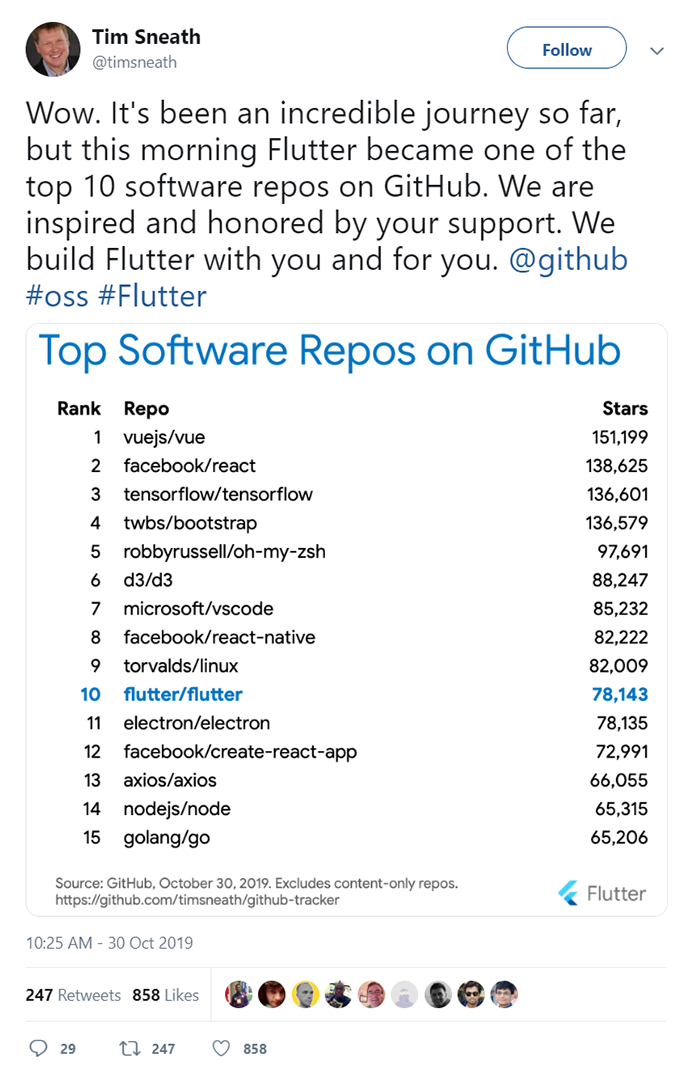
What a start, what a potential! But what is Flutter? Let’s shed some light on it.
Flutter is a software development kit (SDK) built by Google. This is a complete solution with a framework, widgets, and tools that enable building a mobile app for the two most popular mobile platforms of our times: Android and iOS. Besides, it is expected to become a key tool for app development for Fuchsia - a new OS announced by Google. Flutter is a key to the dreamed smooth and simple cross-platform app construction. No apps to be developed separately: Flutter provides one codebase that is a great fit for all mobile platforms. These are the reasons it has become one of the mobile app trends for the next year.
We can say, React Native has a powerful competitor now. Flutter is:
And Flutter apps look and work just great!
“Flutter was the right choice for us,” – says Jorge Coca, software developer at BMW.
Let’s have a glance at Flutter’s main advantages that let us add it to the app trends:
Flutter allows building apps in a much faster and comfortable way. Thanks to the hot reload, a Flutter app developers can edit the code and view changes in the app right away. This feature simplifies debugging as well. Besides, due to a single codebase, the tests are written only once.
Flutter has the ability to change the entire development process. That is so great that allows designers and developers to sit side by side and implement changes like “replace the icon” or “speed up the animation” in a blink of an eye. And keep in mind that Flutter widgets help to create awesome designs.
Thanks to the above-mentioned specifics and many other technical details which make app development process fast and seamless, Flutter will help to launch an MVP and attract investors quickly.
This is far not the end. Additionally, this year on Google I/O, Flutter Web preview was demonstrated. So who knows, maybe next year, it would be not only a mobile development trend but also a cool thing in the web industry.
What it means for your business:
All the above-mentioned facts will bring great benefits to your brand-new mobile app. No matter what industry you plan to break into, application development trends will come in handy. And currently, Flutter is the one able to provide you with all the needed features swiftly, make a development process as smooth as possible and launch an MVP to attract investment and start raising your business. Paired with app modernization services, Flutter can also help legacy systems evolve to meet modern user expectations, keeping your technology relevant and competitive.
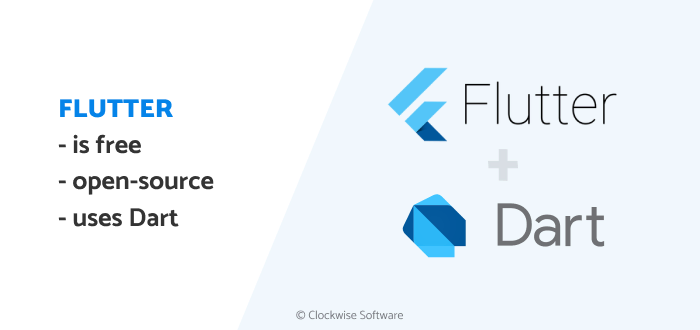
Don’t miss the potential of the new Google framework. Start enjoying the benefits of Flutter right away
The most influential players on a mobile industry stage turn their heads towards helping the users to set boundaries between digital and real-time, focus on specific tasks instead of distracting on apps and achieve well-being goals to improve their lives in general.
Digital wellbeing is a brand-new way to catch users’ attention and make them trust your brand. It's not about consuming all user's free time anymore. It's about giving him a chance to spend his time effectively
We all know that feeling when you open your Facebook app just to check if your friend’s having a birthday tomorrow and end up an hour later scrolling your news feed with no defined intention. Mobile apps are greedy time eaters, and people devote a tremendous amount of time to their devices. At first sight, it seems like an advantage for your business; but lately, we’ve noticed this tendency to drift in an opposite direction.
It all started with Google Pixel’s users: they were first to try convenient functionality for digital habits observation. Later on, all other smartphones with Android Q OS have got Digital Wellbeing integrations.
Team Apple has got an opportunity to view digital habits, too. With iOS 12, features like Screentime Dashboard, App Limits, Downtime etc are available.

So, what is it about? Now, the users of the latest smartphones can:
And what about the users who haven't upgraded to the freshest OS version? They should have access to these features as well. And this is exactly where you can show how much you care about your app users.
What it means for your business:
Follow the app trends and extend your app’s functionality with screen time tracking, focus mode, customized notifications, etc. For now, digital well-being features are available on the latest Android and iOS versions only. Thus, you can level up your app by enabling users with previous OS versions installed to try a new experience and manage their digital time in a better way:
Following such mobile app industry trends is your chance to appeal to customers’ trust.
Mobile usage and user experience have changed greatly since buttons have started to dismiss. We are already used to the fact that the interaction between a smartphone and its user looks like hand movements on the touch screen (like a tap, double-tap, press, pinch, rotate, etc), as well as shaking and tilting. Soon, there’ll be no need to touch the screen as the new application trends emerge.
These days, innovative gesture controls techniques emerge to make mobile usage even more intuitive and convenient. This is what you should take into account when deciding to build a new revolutionary app.
Modern smart devices are powered with radar-based motion control technology. For example, using Galaxy Note 10, you can perform various actions like controlling the device’s camera by just waving with a stylus.
On Google Pixel 4, the more advanced motion sense technology called Soli is implemented. Users can turn on a Motion Sense mode and pick up or decline a call, snooze the alarm, switch to the Do Not Disturb mode and so much more by just waving to Soli.
Companies all over the world start to launch revolutionary motion gestures recognition engines and platforms, implement the principles in their apps and appeal to customers’ wishes in such a way. These features turn to application development trends.
What it means for your business:
In 2023, putting buttons on your app’s user interface isn’t enough: you should improve your app with a touchless experience. No matter what app you would like to produce, this technology may help you to become a leader on the market. Let users perform different actions by just waving or snapping fingers in front of the screen:
These cutting-edge application trends have the potential to change UX completely. And you can become one of the successful pioneers.
The launch of the iPhone X had brought us many updates, among which Face ID was quite a massive one. Apple has gone beyond the technologies we’ve used to and started to analyze the human face 3D model with its contours and emotions. Android has followed the lead, and Face Authentication now appears in beta. Microsoft works on this technology, too. They try to build and train a camera that will determine if it’s a real person trying to use Face ID or its just an image in front of a camera.

Although Face ID had some troubles in China, face recognition is still the trend plenty of businesses strive to implement. And here’s why that’s a true trend:
Facial recognition technology is a great method to protect your personal data and your device. If you are the only one who may unlock a device or access important information, the risk of fraud decreases swiftly.
MasterCard has already launched a “selfie pay” feature as an alternative to traditional authentication. This is a quick way to checkout without having to wait for time-consuming identity verification.
On Android Q devices, face authentication for payment works, too. Users now can choose if they want to employ face recognition to unlock the device, sign-in an app, use it for payment confirmation, etc. Shopping is getting faster and more secure with face recognition payments.
As we’ve mentioned above, UX has changed greatly since there are no buttons to push on your phone. Along with gestures, facial recognition is a great way to quickly and seamlessly enter an app and make the needed action. Besides, the login procedure can be time-consuming and even problematic: they say, 37% of people forget passwords at least once a week. With facial recognition features, such issues will disappear.
What it means for your business:
Generation Z prefers and trusts to biometric tech; thus, facial recognition implemented in your app is one of the app trends as well as a great way to reach out to the most active mobile users. Depending on your business specifics, you can integrate facial recognition techniques to:
Asking Siri about the weather next weekend has become a part of our day. The same can be told about Google Assistant or Amazon’s Alexa: virtual assistants are rapidly spreading all over the smart devices.
A mobile virtual assistant gives its digital hand to a user for a variety of tasks:
Not only ordinary users enjoy the impact of virtual assistants on their daily lives; corporations employ it effectively, too. For example, HDFC bank has launched EVA AI-based assistant in 2017. Since then, it has addressed more than 3 million queries with 0.4 sec average response time. The assistant answers banking related questions 24/7, explores bank products’ features and benefits to highlight them to customers, helps to pay bills and even books bus tickets! That’s a great result for a bank and its clients: significant experience improvement contributes to reputation and income. Implementing app trends, the bank has succeeded.
What it means for your business:
In a world where AI-powered chatbots have such a potential and make such a difference on UX, you as an entrepreneur need to consider it for your mobile app, too. Provide support or give a piece of advice; solve specific tasks and simplify users’ lives.
In the Internet of Things world, our devices, vehicles, homes, etc. will be united in one huge network with all the required services and products provided instantly. Amazon Go demonstrates how the adoption of IoT may change the shopping experience. Nest proves that smart devices, sensors, cameras, and high-quality software can help users manage their real estate objects remotely.
The number of IoT devices grows rapidly, and the tendency won’t change in the future. You as a business owner shouldn’t ignore this fact: the IoT application development trends adoption can bring you to the desired position in the market. Instant response to queries, Real-time video streaming for IoT world demands, self-driving cars or autonomous drones, real-time communication between vehicles, etc – these are the features users will appreciate and pay for.
What it means for your business:
The revolution that IoT world creates conditions for prosperous business growth. 84% of enterprises plan to finish their IoT implementations within 2 years. And for your mobile app, it would be a great push towards success if you’ll make it a component of the IoT system.
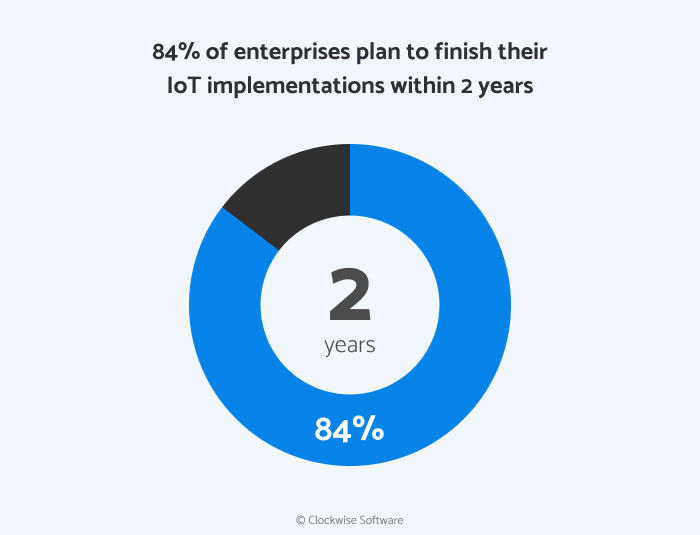
If you build a mobile app in 2023, integration with IoT devices may become your once-in-a-lifetime chance to add your name to the industry trendsetters list.
“One-fits-all” sounds good. But for the 2023 business, it won’t work.
Mobile app industry trends related to personalization will fuel your app’s success and highlight it among other apps.
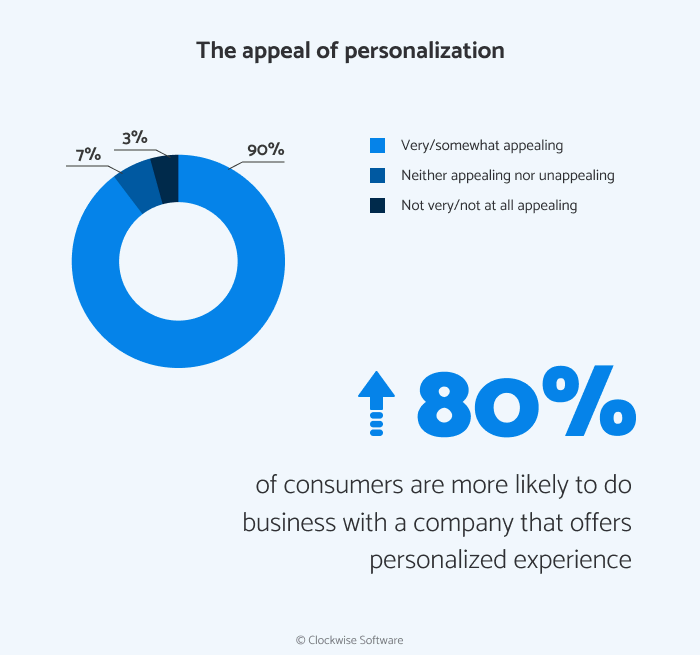
Learning from the leaders, we can draw your attention to the SoundCloud app, the world’s largest streaming platform. The tool analyzes listeners’ previous activity and preferences to customize the delivered content and improve the overall experience. With the help of in-depth data analytics and AI algorithms, they offer a song a user will most probably like.
What it means for your business:
You can appeal to your app’s users in a better way employing the cutting-edge trend. Depending on your app’s type, the following scenarios can take place:
The number of examples is unlimited but the concept is always the same: it is not just one of the mobile app industry trends but also a profitable tactic for your mobile app growth.
The mobile industry changes so fast that it’s a great challenge to keep an eye on all the cutting-edge trends and join the innovations right on time. Our report includes the hottest mobile development trends that are able to bring value to your business. Either you decide to implement only one of them or bundle several of them, that will matter much for your business and your potential users.
Here are some tips for you:
